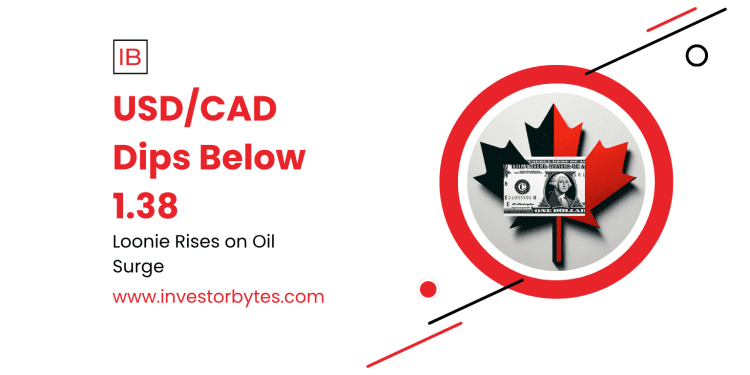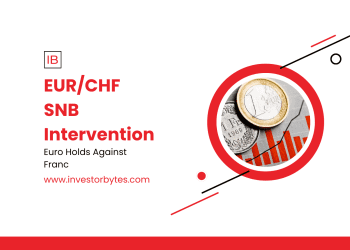USD/CAD breached below 1.38 on November 15, 2025, tumbling 0.7% to 1.3792—its lowest since October—as the Canadian dollar’s rally intensifies amid Brent crude’s climb to $80.00 per barrel and Bank of Canada (BoC) signals of a measured easing path contrasting the Fed’s aggressive cuts. This downside, down 2.36% yearly per exchange data, underscores CAD’s commodity resilience, with forecasts eyeing 1.3700 if oil holds above $78.50. As post-shutdown U.S. data softens—CPI at 2.3%—USD/CAD’s sub-1.38 dip signals a new trading range of 1.37-1.40, per Scotiabank, redefining North American forex amid energy’s pivotal pull.
Canada’s tailwinds accelerate: October payrolls added 22k jobs, easing unemployment to 6.2%, while core inflation at 1.8% justifies BoC’s 3.75% hold with just two 2025 trims—fewer than the Fed’s three. OPEC+ adherence fuels oil’s 4% weekly surge, disrupting chains and funneling $15 billion in export inflows, contrasting DXY’s sub-102 fatigue. U.S. sanctions on Russian crude amplify supply fears, yet tariff truces cap volatility. Reserves at CAD 120 billion buffer interventions, projecting 1.8% GDP if yields stabilize near 3.5%.
Technically, USD/CAD’s slide etches a bearish double-top at 1.4178, RSI at 40 with 25% volume in CAD crosses affirming institutional flows. The pair tests 1.3780 support—50-day EMA—while 1.3850 resistance caps rebounds. Sub-1.3750 eyes 1.3700 Fibonacci, but oil’s pennant breakout sustains Loonie bids. Volatility at 11% anticipates BoC rhetoric.
This Loonie-driven dip bolsters TSX energy up 3%, challenging U.S. refiners in trade flux. For investors, it spotlights CAD’s haven proxy. As 2026 nears, USD/CAD narrates energy’s edge: dollar deference versus crude constancy. Watch December 11 BoC—hawkish poise could extend the dip, framing 1.38 as Loonie’s liberation line.








